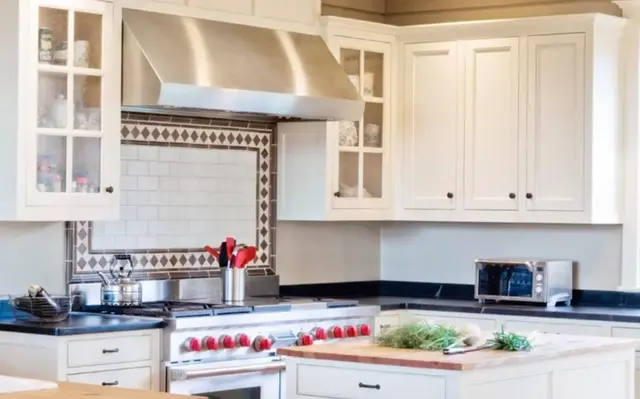All About Under Cabinet Hoods
When cooking or experimenting in the kitchen, you’ll need a range hood to remove the heat, smoke, combustion products, and airborne grease that might accumulate. Range hoods may be found in a broad range of designs, allowing you to pick the one that best fits your needs or the aesthetic of your kitchen. The under cabinet range hood is one of the most popular venting options in today’s kitchens. Ductwork is concealed in an adjacent wall, soffit, chase, or ceiling, and they are put at the base of a wall cabinet.
Features that Make Under-Cabinet Hoods Worth It
Supports Healthy Ventilation in the Kitchen
Airborne grease, combustion products, smoke, and heat are some pollutants produced while using a stovetop. One’s health and those of one’s family members who are also exposed to the airborne pollutants might be negatively impacted by the presence of all these contaminants. An under-cabinet hood improves ventilation by removing grease and other particles from the air.
Enhances Your Kitchen’s Appeal
Because it collects all the smoke and airborne particles produced by cooking, an under-cabinet range hood makes it much simpler to clean the cupboards and appliances in your kitchen. In addition, you can get them in a broad range of shapes and styles, making it easy to find one that complements your existing kitchen furnishings. While there are several options for range hood construction, stainless steel is popular due to its durability and attractive appearance.
Under-Counter Range Hoods and Their Distinctive Functions
Under-cabinet hoods are often placed behind a kitchen cabinet, as their name indicates. A range hood’s primary function is to improve kitchen ventilation by venting smoke, steam, heat, and odours produced by cooking and other food preparation activities. When shopping for an under-cabinet hood, it’s crucial to consider the hood’s width and depth and the height of your cabinets.
Its ability to remove oil, smoke, and combustion pollutants from the air in your kitchen may be diminished if you install it too high. Look for a deeper range hood since they typically have more CFMs. Two or three inches of clearance on either side of the range hood are all needed for optimal airflow. Range hood performance is diminished if the filter is allowed to gather oil or other airborne particles for an extended time without being cleaned.
What’s the deal with a kitchen vent hidden behind the cabinetry?
Range hoods installed under cabinets might be ducted or ductless. While ducted range hoods expel stale air outdoors, ductless hoods recycle the stale air back into the kitchen after filtering it. Having the necessary cabinets and ductwork in place makes installing an under-cabinet range hood a breeze. However, installing a ducted under-cabinet hood may necessitate a professional’s services due to the complexity involved in properly configuring the vent from the kitchen to the outside house.
There may be variations in performance between several kinds of under-cabinet range hoods due to differences in energy efficiency and operating principle. Most under-cabinet hoods for residential kitchens span roughly half the width of the stove, with the suction end located away from the cabinet doors. It could be your solution if you have a stove too close to the wall for a traditional under-cabinet hood design to provide the necessary clearance. Modern designs hide the hood in a shallow cabinet that slides above the range when needed. When the range hood is not in use, this allows for unimpeded access to the upper cabinets.







